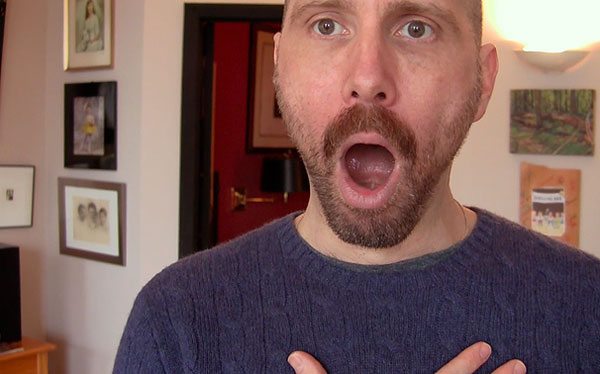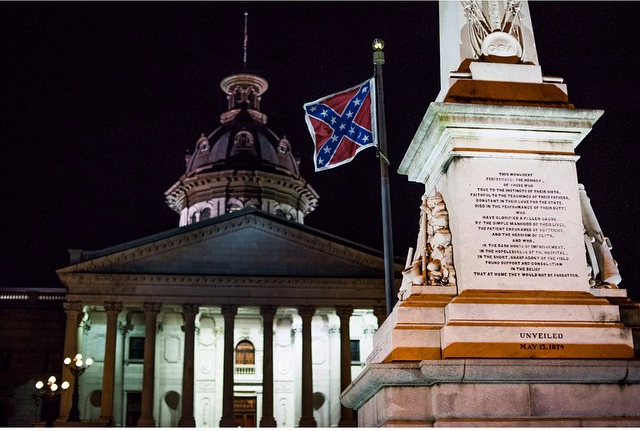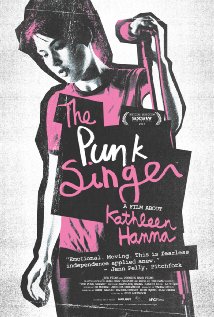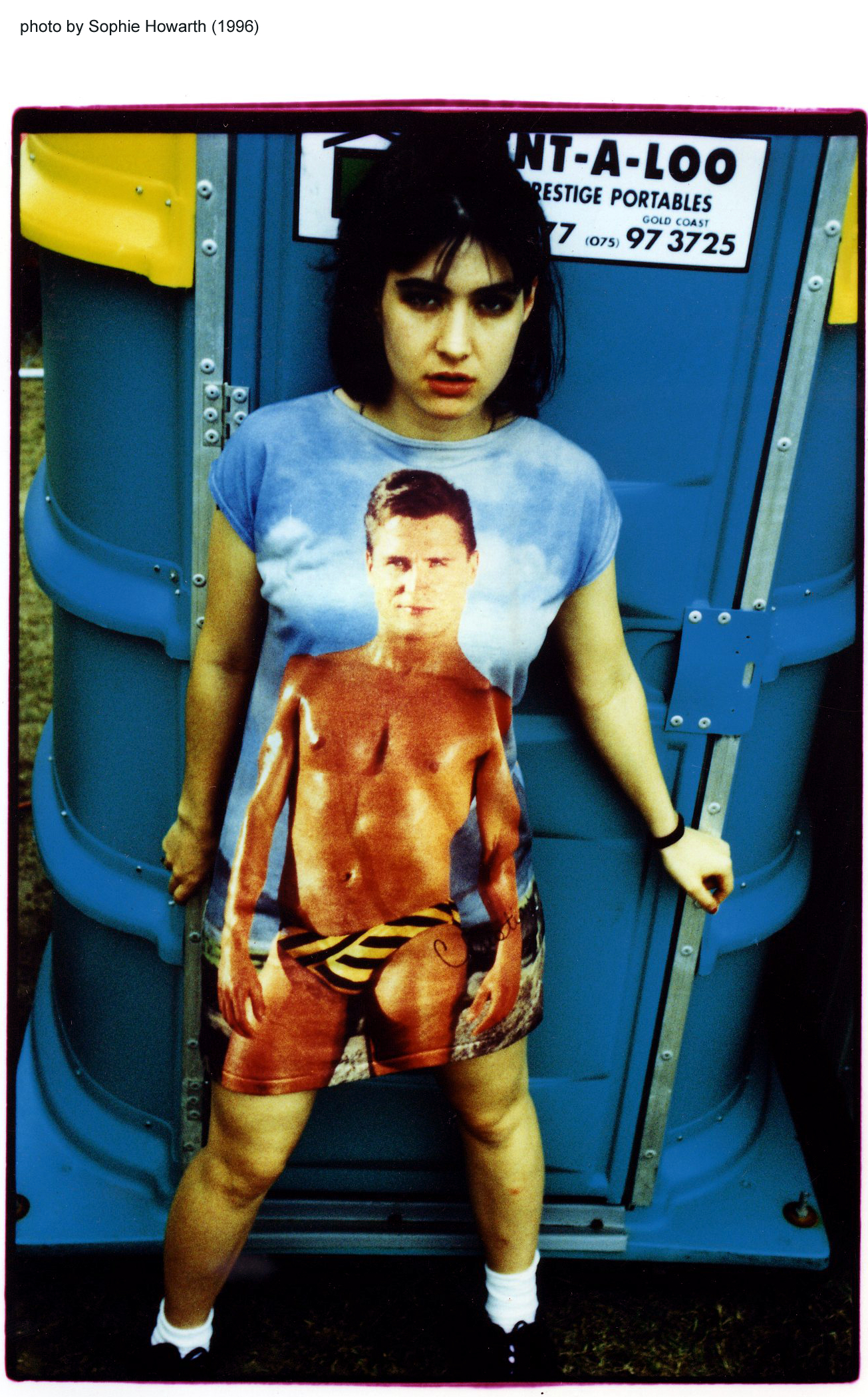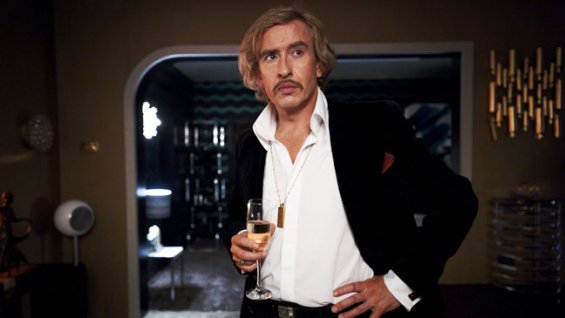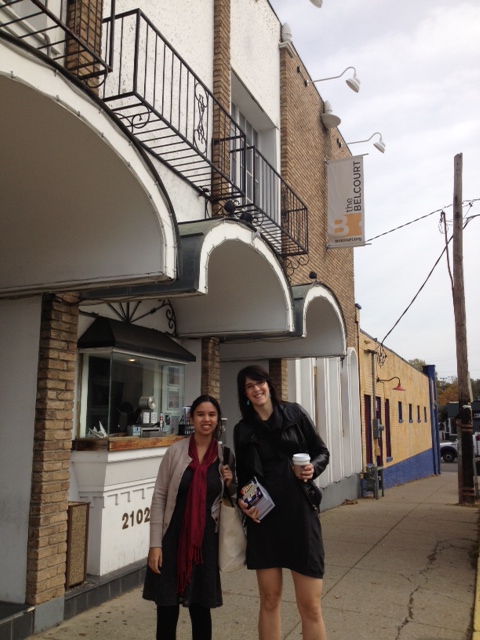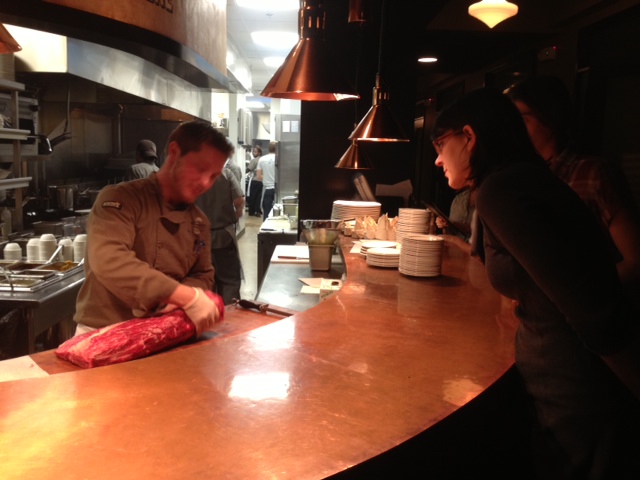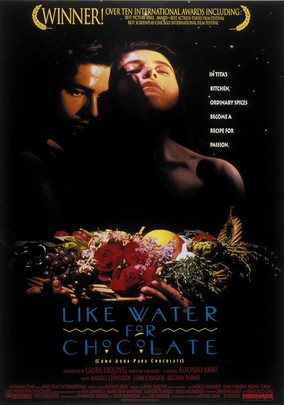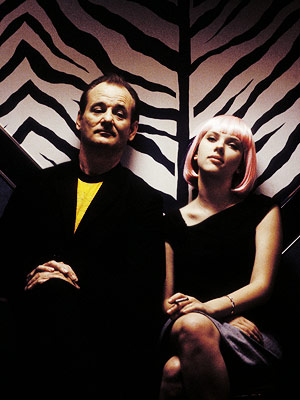There was a time that being allowed to see backstage at a concert, movie set or a performer’s personal life for those not in the entertainment industry was a magical and special moment. Just hearing the words “behind-the-scenes” brought chills. We were getting to see the “real” life behind the show. Now, it is a marketing must-do. The magical, never-seen moments don’t exist anymore. A tour of a home is a promotional tool, footage of models changing or dancers stretching part of the marketing package. Every live concert event offers, at an insanely steep cost, the opportunity to take part in this exclusive backstage, one-on-one experience.
Since the death of Steve Jobs, there have been many fictional and non-fictional attempts to offer the world a glimpse behind-the-scenes of his life. Many books and movies that offer us a look at the “real” world and history of a man who was the leader of late 20th century cultural and technological change. So when Danny Boyle read Aaron Sorkin’s brilliantly written script Steve Jobs, he must have experienced simultaneous ecstasy and panic at the chance to tell this story of Jobs’ life.
Sorkin loves dialogue. His career highlights such as The West Wing, A Few Good Men, and The Social Network are known in most casual conversations as really good television and film. But each has a lot of dialogue. A lot of words are an actor’s dream and sometimes a director’s nightmare. These Sorkin scripts had directors who knew how to wrap their creative arms around Sorkin’s words, keep it focused, understand its cadence and let the actors have their fun. Danny Boyle wraps his experienced and well-versed arms around Sorkin’s screenplay and delivers a solid film from what on the page must seem dangerously close theater. Boyle’s personal bridge of experience in theater and filmmaking is the film’s greatest strength.
The film takes place in three acts. Each act directly precedes three product launches that Jobs was responsible for; the Mac (1984), NEXT (1988), and the iMac (1998). These three vignettes are blocked backstage, behind the curtains of the venue each product is being launched in. There is constant movement backstage. Stress is high and each movement and line delivery of the actors is kinetic. We feel the energy and movement as if we are there at each venue. Each act is filmed with cameras that are appropriate for the time; heavy grained film stock, cleaner film stock and digital. It is a choice by Boyle that seems a bit self-gratuitous. The transitions between each act are separated by appropriate historical news clips and voice overs that hurriedly transition us from the previous year to the present. This is not the most original of creative options, but at least it wasn’t a spinning clock. The real directorial strength comes from Boyle’s willingness to trust a certain playfulness with his cast.
Michael Fassbender (X-Men, Inglorious Basterds) takes on the role of Jobs. He embraces all of the characteristics that we have been told about Jobs—the lack of empathy, the narcissism, the incredible creative focus—and mixes them with his own interpretation of the man. Jobs was a very visible person. His speech and mannerisms are well-known and Fassbender has no interest in mimicry. Always at his side throughout the film is Kate Winslet (Titanic, Revolutionary Road) playing Job’s confidant Joanna Hoffman. It is the perfect role for Winslet, taking full advantage of her talent for dialect and maturity as actor, as evidenced in the film’s final act with her matriarchal ultimatum to Jobs. Winslet stands out in a crowded field of talent. A narrative thread binding each act is the appearance of Job’s daughter Lisa and her mother backstage during each launch. Makenzie Moss, Ripley Sobo, and Perla Haney-Jardin play Lisa at the ages of four, eight and nineteen, with each young actress capably taking on the character’s growth. This narrative is an interesting choice for the film. The tepid relationship he has with his daughter seems to exist as a manifestation of Job’s struggle with his own adoption, to humanize him. Early on Jobs denies that he is her father, but the relationship grows over the course of the film to suggest that Lisa has been Job’s muse throughout. That Jobs’ inspiration for each of the devices he designed were in parallel with Lisa’s own growth, finally ending with Jobs looking at her before the iMac launch and stating that he “will put 500-1000 songs in her pocket,” replacing the worn Walkman she has been listening to the entire film. Jeff Daniels stands out as the former handpicked-by-Jobs Apple CEO John Sculley. Daniels (The Newsroom, Dumb and Dumber), just seems to get Sorkin’s words. His talents have always been underrated because he is natural and inviting, no matter the temperament and compass of the character he plays. Seth Rogan takes on the role of Apple co-founder Steve Wozniak. This must be the hardest role to cast in recent history because no actor I have seen in any the Wozniak portrayals has been inviting.
Steve Jobs is an original look into three small moments in the life of a worldwide cultural icon. One can imagine that it must be much easier to portray someone as powerful and wealthy as Jobs as a complete narcissist without fear of direct litigation. When he is on, Aaron Sorkin’s dialogue is a gift, and he is dead on in Steve Jobs. In the end, the problem is not with the film. It is an overwhelmingly entertaining and stylistic biography that touts an incredibly talented cast and helmed by one of a few directors who could capably tell this story. But when the lights come up after our tour behind the curtain, it doesn’t seem as special because we have been allowed behind this curtain too many times already.
Steve Jobs plays at the Nickelodeon Theater today through October 29th. Showtimes and tickets can be found at www.nickelodeon.org.


